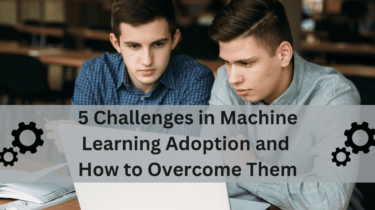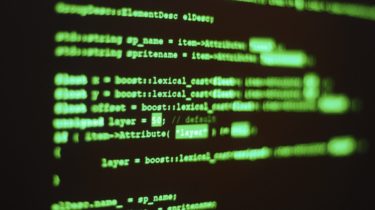5 DIY Python Functions for Data Cleaning
Image by Author | Midjourney Data cleaning: whether you love it or hate it, you likely spend a lot of time doing it. It’s what we signed up for. There’s no understanding, analyzing, or modeling data without first cleaning it. Making sure we have reusable tools handy for data cleaning is essential. To that end, here are 5 DIY functions to give you a some examples and starting points for building up your own data cleaning tool chest. The functions […]
Read more








